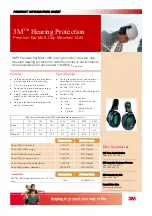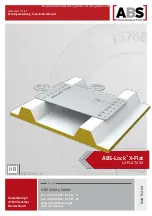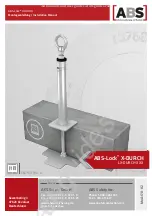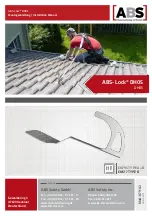
Model T32537 (Mfd. Since 01/21)
-15-
Using Slab
Flattening Mill
To use slab flattening mill:
1. Place slab on work surface, roughly centered
between 72" main V-rails, but no closer than
7" from each end.
Tip: Typically, begin process by cutting bot-
tom of slab first.
2. Place cross-rail assembly and router base
assembly on 72" main V-rails.
3. Slide cross-rail assembly side to side, and
router base assembly front to back to deter-
mine high and low points on slab.
4. Shim slab to eliminate any rocking move-
ment, then secure slab to work surface with
(4) slab clamping dogs and #10 x 3/4 wood
screws (see
Figure 19).
IMPORTANT: Ensure slab clamping dogs
are sitting below cutting plane of router bit
before beginning operations.
The Model T32537 is designed to accommodate
slabs up to 56
1
⁄
2
"L x 38
3
⁄
4
"W x 3
7
⁄
16
"D. To achieve
the best results, it is important that the mill be
mounted to a flat, well-supported work surface like
a sheet of plywood or MDF.
Figure 20. Moving router base assembly across
face of slab.
5. Install router bit in router, then attach router to
router plate.
Tip: We recommend using a spoilerboard-
style router bit (see
Page 16). Follow router
bit manufacturer's recommendations for rout-
er speed and depth of cut.
6. Slide router base assembly to highest point
on slab, and adjust depth of cut to remove no
more than
1
⁄
16
" (depending on bit manufac-
turer's recommendation).
Tip: It is a good practice to take light cuts. It
reduces the chances of tearout and will pro-
vide a better finish.
7. Beginning on right-hand side of slab, start
router and gently slide router base assem-
bly forward, using approximately one-half of
router bit width per pass.
8. When pass is complete, slide router base
assembly all the way back to beginning point,
move assembly left, approximately one-half
of router bit width, then begin next pass (see
Figure 20).
9. Repeat Steps 7–8 until milling process is
complete.
Figure 19. Slab clamping dogs installed to
secure slab to work surface.
x 4








































